While traveling around Bali, you probably noticed small baskets with flowers on the sidewalks. These cute and delicate little baskets are called "Canang Sari," and you can find them everywhere: on street corners, intersections, near homes, in temples, and shops. Balinese Hindus use them daily for offerings, usually in the morning and evening.
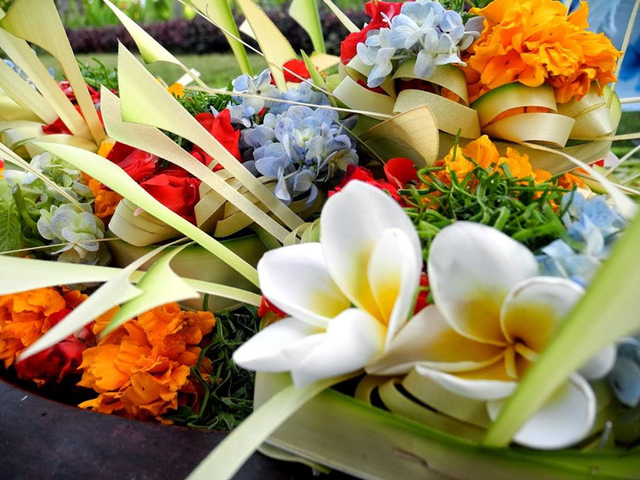
"Canang Sari" plays an important role in the life of every Balinese person. This small symbol is highly significant as it forms the foundation, the core of any worship or offering. The word "Canang" originates from two words: the first, "Can," means "beautiful," while "Nang" signifies purpose, and "Sari" means core. Therefore, Canang Sari symbolizes all that is good and beautiful in life, and it stands as a token of gratitude from the Balinese people to God.
Creating a Balinese Canang Sari is not as simple as it may seem. Crafting Canang Sari is primarily a task for women. They are made from leaves, cut and shaped into squares and circles, held together by tiny sharp sticks. They are then filled with a variety of flowers: red flowers facing south, yellow flowers facing west, black flowers facing north, all covered with finely chopped pandan leaves for their aroma.
Creating a Canang Sari...
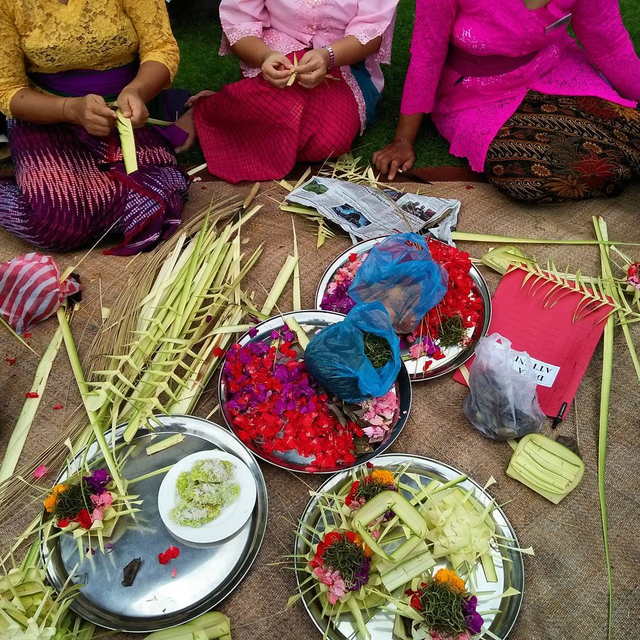
1. "Ceper"
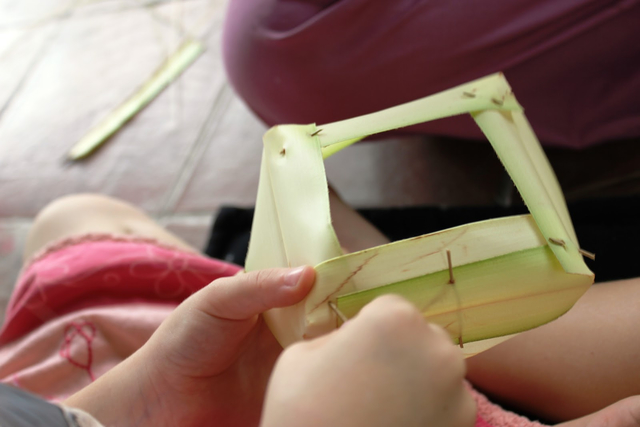
This is the base of the Canang itself, which has a rectangular shape and symbolizes "anga-sarira" (body). The four flat sides represent the constituents of "ari-sarira," namely Panka Maha Bhuta, Panka Tan Mantra, Panka Buddhindriya, and Panka Karmendriya.
2. Rice ("Wija")
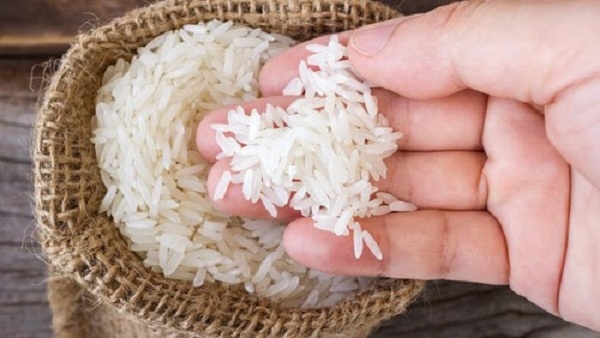
1. This is the symbol of Sang Hyang Tma - the spirit that brings the body to life. It also represents the beginning of life that originates from God.
3. Porozan, Balinese cake, sugar cane, and banana.
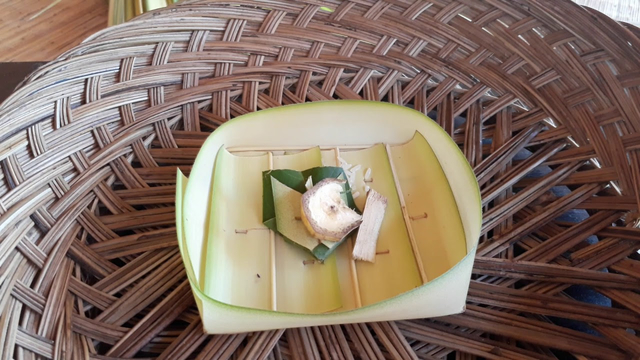
3. Porozan is typically made from betel leaves, lime, and Jambe, symbolizing the three pranamas: bayu (act), shabda (speech), and idep (mind). They represent the body and its actions. Porozan reflects all people who should have a heart full of love, compassion, and gratitude to God. Balinese cake, sugar cane, and banana symbolize Tedong Ongkara, which represents the power of life in the universe.
4. Sampian Uras
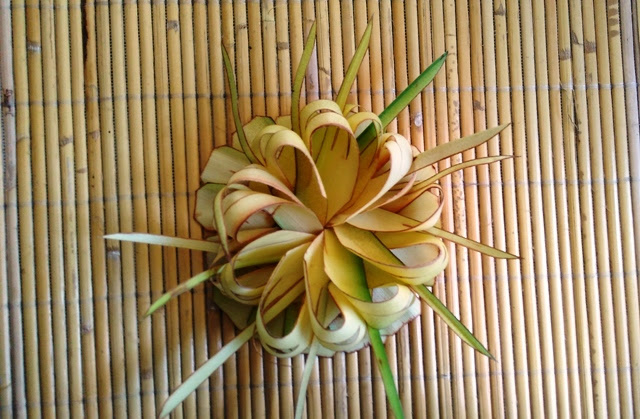
Symbolizes the wheel of life with its "eight characteristics," which accompany every human life.
5. Flowers.
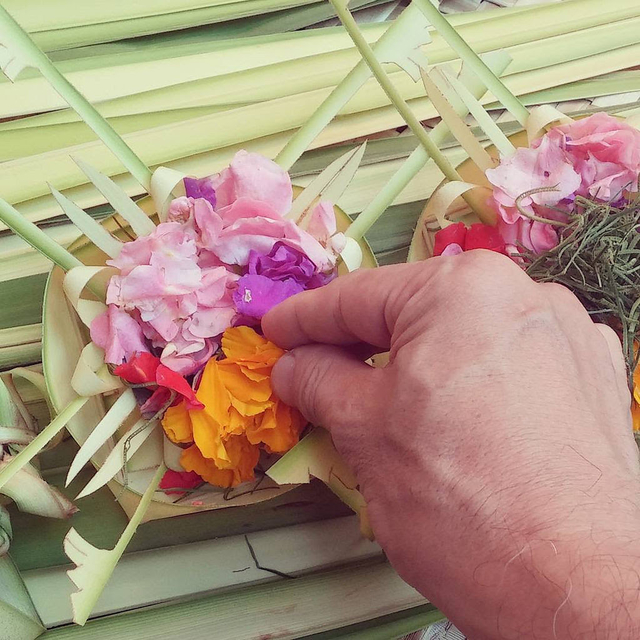
Flowers are the part that makes Canang Sari look more interesting. Each color and the position of every flower in Canang Sari hold meaning or symbolize something.
White flowers are placed in the east as a symbol of Sang Hyang Iswara. Reddish flowers are placed in the south as a symbol of Sang Hyang Brahma. Yellow flowers are placed in the west as a symbol of Sang Hyang Mahadewa. Blue or green colored flowers are placed in the north as a symbol of Sang Hyang Vishnu. The Rampai flower is situated in the middle as a symbol of the power of Sang Hyang Panca Dewata. Kemban Rempai, which emanates from pandan leaves, also holds the meaning of wisdom. The combination of different colors, including fragrant or non-fragrant flowers, symbolizes human life, encompassing both happiness and sadness. For this reason,
6. Lengis Miik (Balinese perfume)
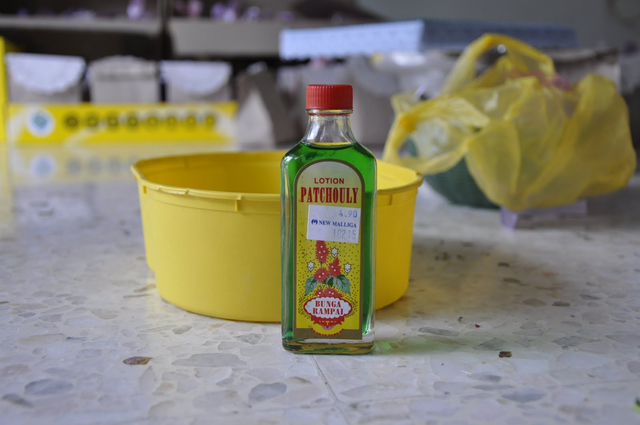
This is a symbol of good attitude and behavior. Behavior determines people's perception of whether someone is good or bad. It also symbolizes calmness or self-control. To organize life, individuals must manage it with emotional tranquility and good self-possession.
Thank you for sharing with us, looks great!
I hope you find even more useful on our site :)